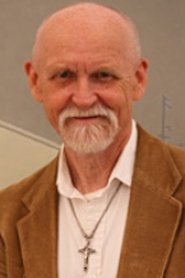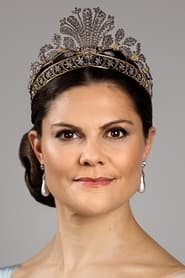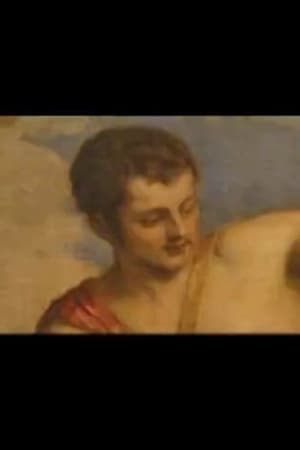
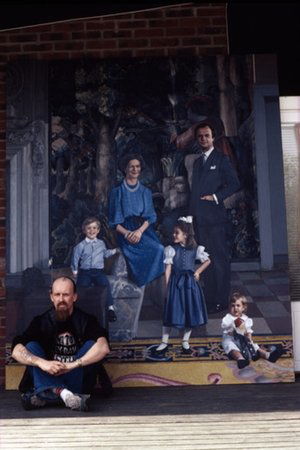
Ett porträtt av John E. Franzén(1985)
About the artist John-Erik Franzén and his work to portray the Swedish Royal family 1984-85.
Movie: Ett porträtt av John E. Franzén
Top 6 Billed Cast

Ett porträtt av John E. Franzén
HomePage
Overview
About the artist John-Erik Franzén and his work to portray the Swedish Royal family 1984-85.
Release Date
1985-10-10
Average
0
Rating:
0.0 startsTagline
Genres
Languages:
Keywords
Similar Movies
 6.1
6.1Hakob Hovnatanyan(hy)
Exploring the art of Armenian portraitist Hakob Hovnatanyan, Parajanov revives the culture of Tbilisi of the 19th century.
 7.0
7.0Picturing the Presidents(en)
We go behind the scenes and into the minds of artists as they capture, commemorate, and, at times, condemn our presidents.
 0.0
0.0Portraits of a Lady(en)
In October 2006, 25 artists came together to paint Supreme Court Justice Sandra Day O'Connor. The result was a collection of vastly different images of this iconic figure. This film chronicles the process from the initial setting (where Justice O'Connor entertained the room) to the evening when the paintings were unveiled at the National Portrait Gallery.
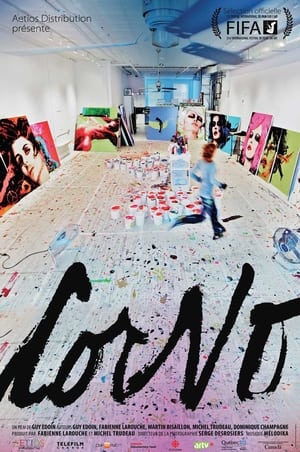 8.0
8.0Corno(fr)
A feature-length documentary portrait of Québécoise painter Johanne Corno, who has lived and worked in New York City for more than 20 years. Ignored by the art intelligentsia in Québec, she settled abroad to escape that creative constraint, and built an enviable international career. Today, she casts a lucid eye on her work and describes the resources she draws on to survive in the jungle of the contemporary art world.
Brush with Life: The Art of Being Edward Biberman(en)
This documentary brings alive a remarkable artist’s passionate journey through a turbulent century. Both epic and surprisingly intimate, the film presents a classic American immigrant saga, an inspiring search for artistic independence, and a great romance. Along the way, Biberman's growing commitment to social justice and struggle against McCarthy-era repression (his brother, director Herbert Biberman, went to prison as one of The Hollywood Ten) combine with his efforts to create both a loving family life and a groundbreaking body of work. With its grand scope, rich personalities, and vast array of breathtaking artwork, Brush With Life connects us in a deeply personal way to a brilliant artist who lived by the same high standards he set for his paintings.
Chuck Close(en)
Chuck Close, an astounding portrait of one of the world's leading contemporary painters, was one of two parting gifts (her second is a film on Louise Bourgeois) from Marion Cajori, a filmmaker who died recently, and before her time. With editing completed by filmmaker Ken Kobland, Chuck Close lives the life and work of a man who has reinvented portraiture. Close photographs his subjects, blows up the image to gigantic proportions, divides it into a detailed grid and then uses a complex set of colors and patterning to reconstruct each face.
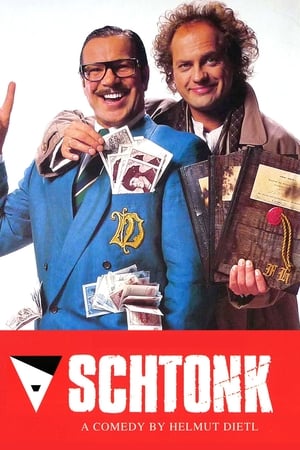 7.0
7.0Schtonk!(de)
Schtonk! is a farce of the actual events of 1983, when Germany's Stern magazine published, with great fanfare, 60 volumes of the alleged diaries of Adolf Hitler – which two weeks later turned out to be entirely fake. Fritz Knobel (based on real-life forger Konrad Kujau) supports himself by faking and selling Nazi memorabilia. When Knobel writes and sells a volume of Hitler's (nonexistent) diaries, he thinks it's just another job. When sleazy journalist Hermann Willié learns of the diaries, however, he quickly realizes their potential value... and Knobel is quickly in over his head. As the pressure builds and Knobel is forced to deliver more and more volumes of the fake diaries, he finds himself acting increasingly like the man whose life he is rewriting. The film is a romping and hilarious satire, poking fun not only at the events and characters involved in the hoax (who are only thinly disguised in the film), but at the discomfort Germany has with its difficult past.
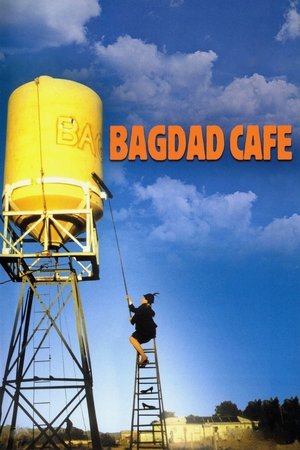 7.2
7.2Bagdad Cafe(de)
A German woman named Jasmin stumbles upon a dilapidated motel/diner in the middle of nowhere. Her unusual appearance and demeanor are at first suspicious to Brenda, the exasperated owner who has difficulty making ends meet. But when an unlikely magic sparks between the two women, this lonely desert outpost is transformed into a thriving and popular oasis.
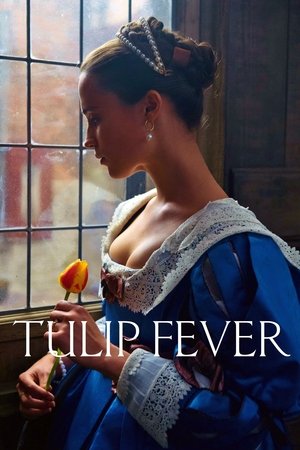 6.5
6.5Tulip Fever(en)
An artist falls for a married young woman while he's commissioned to paint her portrait. The two invest in the risky tulip market in hopes to build a future together.
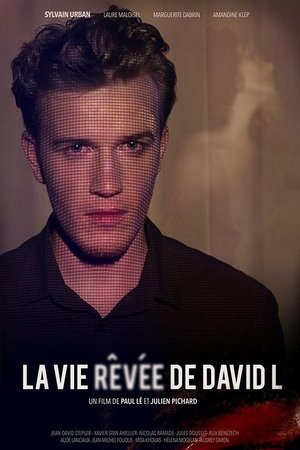 4.7
4.7The Dreamlife of David L(fr)
“The Dreamlife of David L.“ is a fictional feature film that takes inspiration from a key point in the life of director David Lynch: the time he spent as a student in a fine arts college. Initially attracted to painting, David Lynch ends up choosing the medium of film to express his talent. Far from being an attempt at biography, this film is an imaginary vision where the action could take place today. Which encounters or events leave their mark on the young David L. during this year as a student? “The Dreamlife of David L.” is a dreamlike journey that leads the viewer through the meanderings of this art school. There’s no need to be familiar with the cinematographic works of Lynch to follow the young David L. step by step, going behind the scenes with him.
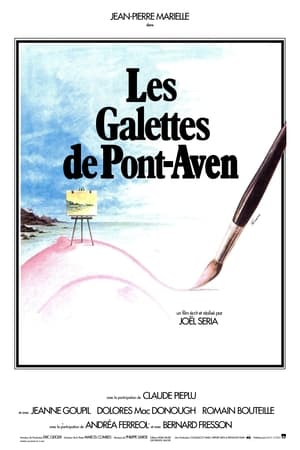 6.3
6.3Cookies(fr)
Henri Serin (Jean-Pierre Marielle), an umbrella salesman, leads a quiet life between his work, his family and his passion for painting. During his many business trips, Henri indulges in a few amorous escapades, which provide a welcome change from the tiresome daily routine his bigoted wife locks him into. One fine day, Henri decides to drop everything and live on love and fresh water. He ends up in Pont-Aven, where he meets Émile, a local painter imitating Gauguin, with whom he shares his drinking and other feminine attractions.
 7.5
7.5Two Portraits of MIYAGINO(ja)
In Edo-era Japan, a ukiyo-e artist languishes in his master’s shadow. Creatively stifled, he finds consolation in the company of a prostitute, and becomes entangled in a love triangle. A mystery emerges involving two portraits and the sudden disappearance of the artist Sharaku. Helmed by Cannes-selected director Tatsuji Yamazaki, the film employs kabuki-inspired sequences and stylised sets.
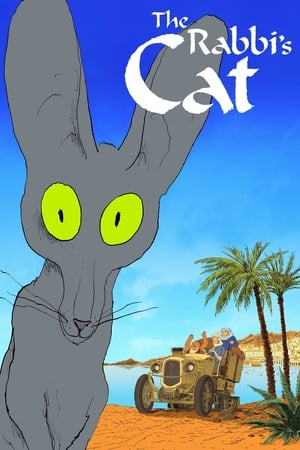 7.0
7.0The Rabbi's Cat(fr)
The story of a rabbi and his talking cat, a sharp-tongued feline philosopher brimming with scathing humor and a less than pure love for the rabbi's teenage daughter.
 6.9
6.9Olympia: Part One – Festival of the Nations(de)
Commissioned to make a propaganda film about the 1936 Olympic Games in Germany, director Leni Riefenstahl created a celebration of the human form. This first half of her two-part film opens with a renowned introduction that compares modern Olympians to classical Greek heroes, then goes on to provide thrilling in-the-moment coverage of some of the games' most celebrated moments, including African-American athlete Jesse Owens winning a then-unprecedented four gold medals.
 6.7
6.7Olympia: Part Two – Festival of Beauty(de)
Commissioned to make a propaganda film about the 1936 Olympic Games in Germany, director Leni Riefenstahl created a celebration of the human form. Where the two-part epic's first half, Festival of the Nations, focused on the international aspects of the 1936 Olympic Games held in Berlin, part two, The Festival of Beauty, concentrates on individual athletes such as equestrians, gymnasts, and swimmers, climaxing with American Glenn Morris' performance in the decathalon and the games' majestic closing ceremonies.
 6.7
6.7Workers Leaving the Lumière Factory(fr)
Working men and women leave through the main gate of the Lumière factory in Lyon, France. Filmed on 22 March 1895, it is often referred to as the first real motion picture ever made, although Louis Le Prince's 1888 Roundhay Garden Scene pre-dated it by seven years. Three separate versions of this film exist, which differ from one another in numerous ways. The first version features a carriage drawn by one horse, while in the second version the carriage is drawn by two horses, and there is no carriage at all in the third version. The clothing style is also different between the three versions, demonstrating the different seasons in which each was filmed. This film was made in the 35 mm format with an aspect ratio of 1.33:1, and at a speed of 16 frames per second. At that rate, the 17 meters of film length provided a duration of 46 seconds, holding a total of 800 frames.
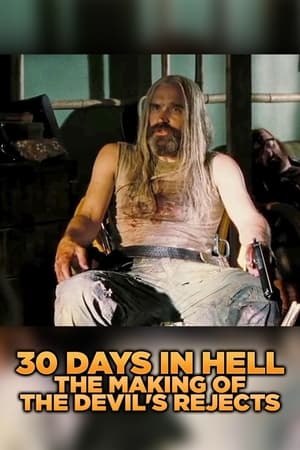 6.0
6.030 Days in Hell: The Making of 'The Devil's Rejects'(en)
An exhaustive, detailed documentary on the 30-day film shoot of "The Devil's Rejects"
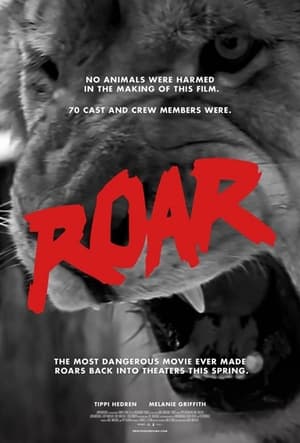 0.0
0.0The Making of Roar(en)
A production of Roar (1981) had special demands on both cast and crew. Learn about this incredible film and about the amazing people who made ROAR possible.
